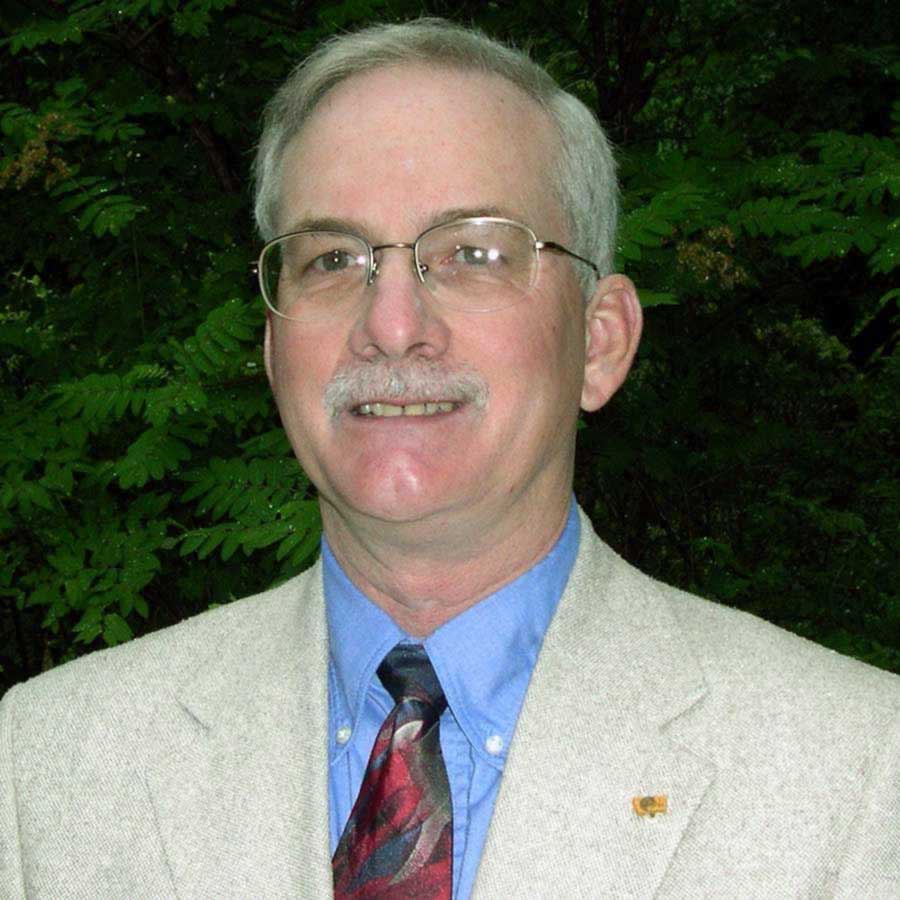
William Woessner, University of Montana, will present "Formulating, Applying and Constraining Hydrological Models: Modeling 101" at 3:30 p.m., Wednesday, Jan. 11, in the Hardin Hall auditorium. His talk is part of the surface and groundwater modeling subset of the Spring 2012 Water Seminar Series.
Abstract:
Physical, analog, analytical, numerical, statistical and artificial neural network modeling methods are used to describe and evaluate hydrological processes and systems. The terms "modeling" or "making a model" typically suggest that a scaled simplified representation of a complex heterogeneous setting is being formulated. The modeling process starts with clearly defining a purpose and formulating a data based or theoretical conceptual model of the processes or setting being modeled. Models are used to represent generic conditions and processes, to interpret how multiple physical and hydrological processes interface to create systems, and to forecast how future conditions will impact a reference set of conditions. Reporting of modeling results requires uncertainty analyses that reflect the realization that parameterization relies on data sets that are incomplete and contain errors, and a number of alternative conceptual models may also appropriately represent the hydrologic setting. Using examples from the hydrological sciences and other fields, the modeling process will be tracked from generating a purpose to evaluating uncertain model predictions.
More details at: http://go.unl.edu/nen